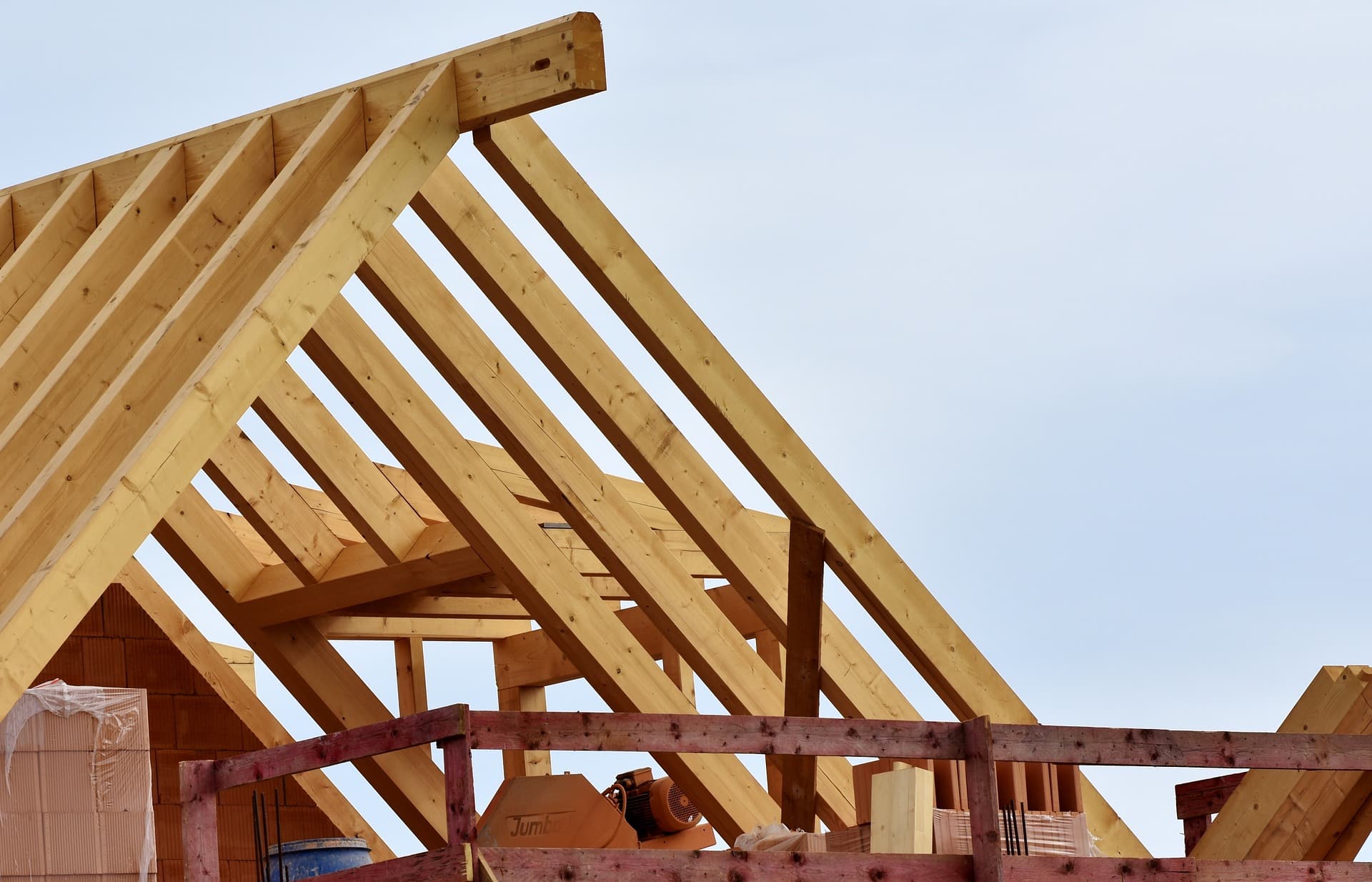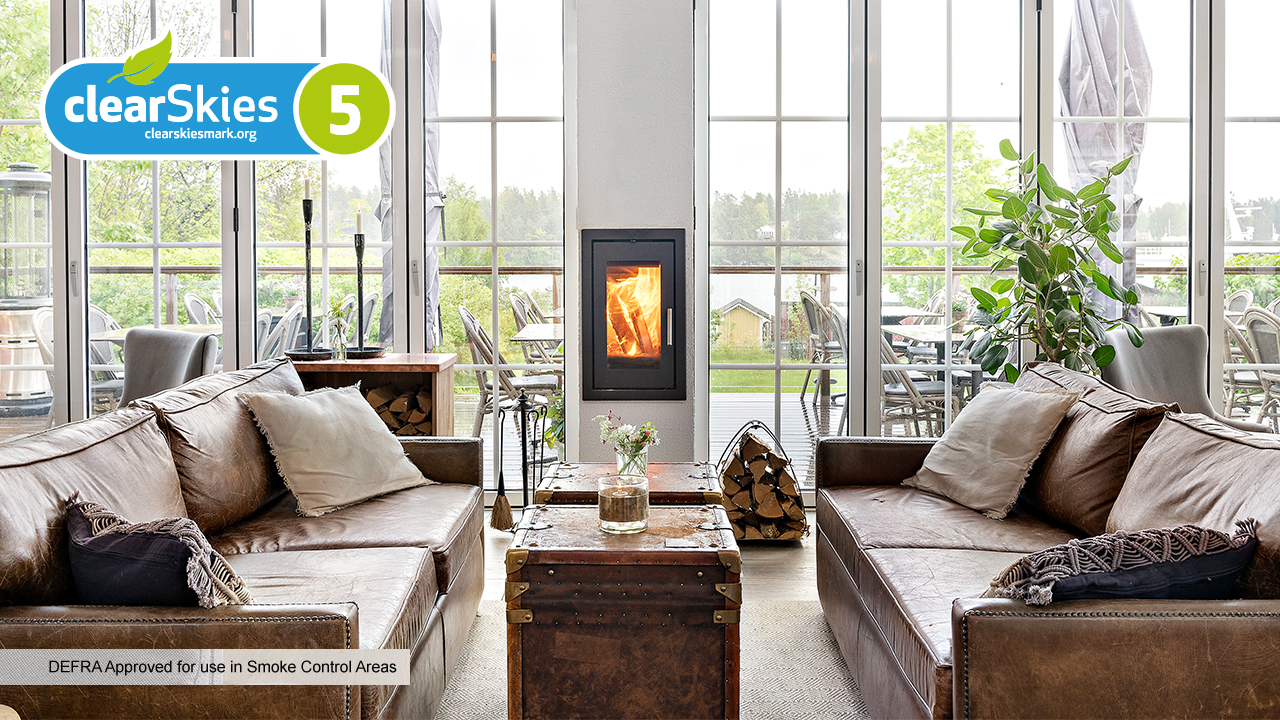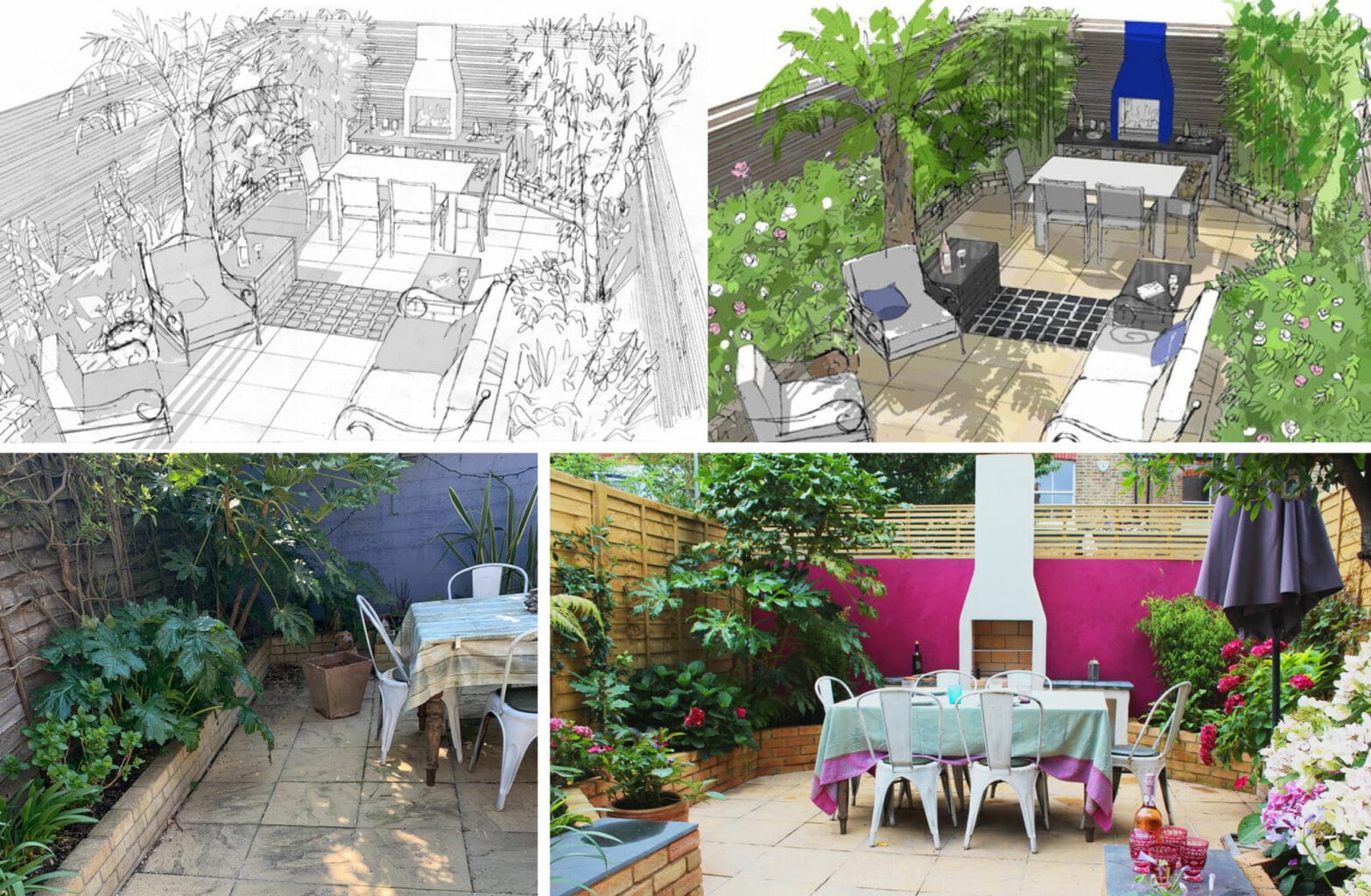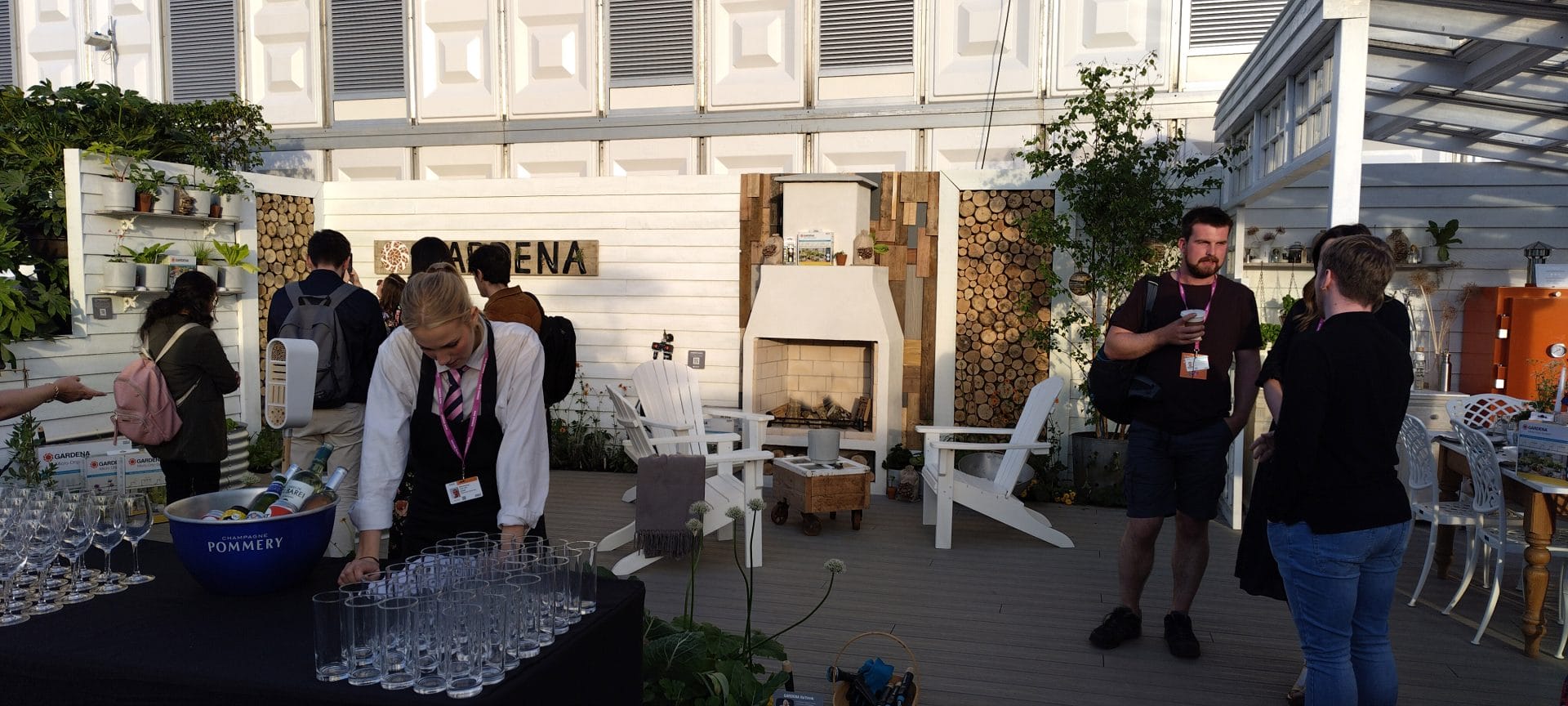Using volcanic pumice building blocks to build a chimney during a self-build project.
Avoiding gas reliance when building a new house.
Traditional self-build projects have always had heating systems such as gas central heating and solar panels installed.
However, with the increasing costs of gas, and the uncertainty of future supplies, a secondary heating source is required.
There are options such as ground heating pumps, etc. but a real heating system independent of the grid, plus a stunning focal point has to be a wood burning stove.
In fact, wood logs are now the cheapest domestic heating fuel. According to the Stove Industry Alliance, wood now is “costing households 74% less per kWh than electric heating and 21% less than gas heating”. The benefits don’t end there. “Using a modern wood burning stove also costs 29% less to run than an air source heat pump. Wood logs are 87% less carbon intensive than gas, 88% less than electricity and 74% less than an air source heat pump.”
Building a traditional steel pipe flue system is always an option, but steel systems are more suitable in retrofit projects where minimum disruption is required.
When you are building a house from the ground up, then a more permanent and ultimately lifetime option is the better one.
Volcanic insulated pumice blocks
Pumice blocks are one of the easiest ways to add a lifetime secure chimney system using natural sources. Pumice is formed from volcanic lava, so the process to form them into blocks means no additional materials are needed, so it’s all natural. They are not heavy either, as pumice contains natural air bubbles.
Pumice blocks come in the form of a square block in three diameters and simply slot on top of each other with minimal build construction required. Because the footprint is small, it’s easy to specify within an architect build
The outer and inner blocks are laid at the same time but with staggered joints for safety and stability. The double layer of pumice separated by an air gap maximises the chimney insulation.
The design of the system maintains flue gas temperatures while preventing heat transference to the outer casing.
The separation of the inner and outer components also allows for thermal movement, reducing the risk of cracking and subsequent leaking or staining.
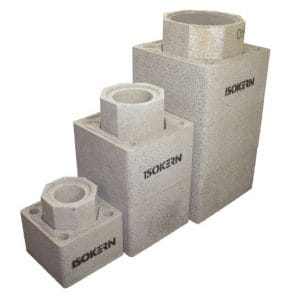
Choosing the pumice block size.
The different sizes depend on your requirements.
DM36
150mm internal diameter for smaller output inserts stoves and solid fuel/oil cookers
DM44
180mm and 200mm internal diameters for inserts, stoves and small open fires
DM54
300mm and 345mm internal diameters for Magnum fire chests, larger appliances and open fires.
Installation types
Building with pumice blocks offers various different stove installation types.
Open fire option.
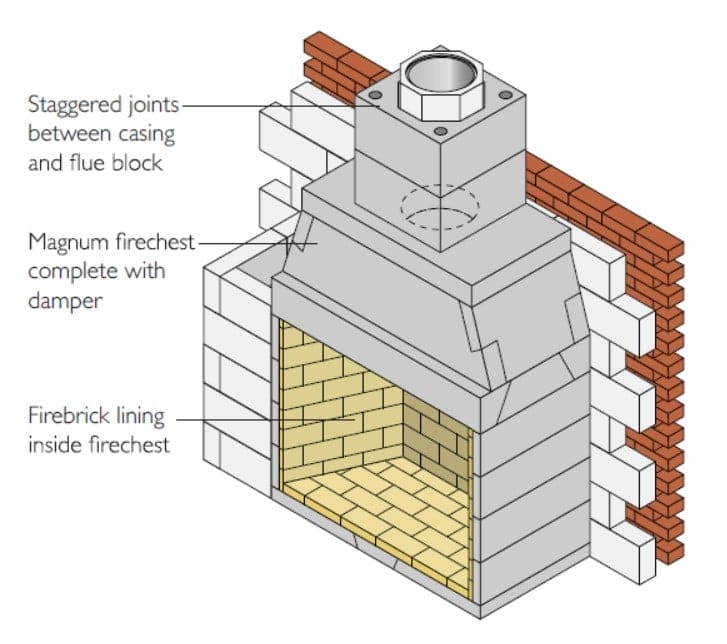
A strong base is required, while the firechest will support the pumice blocks heading to the termination point.
Stove in recess option.
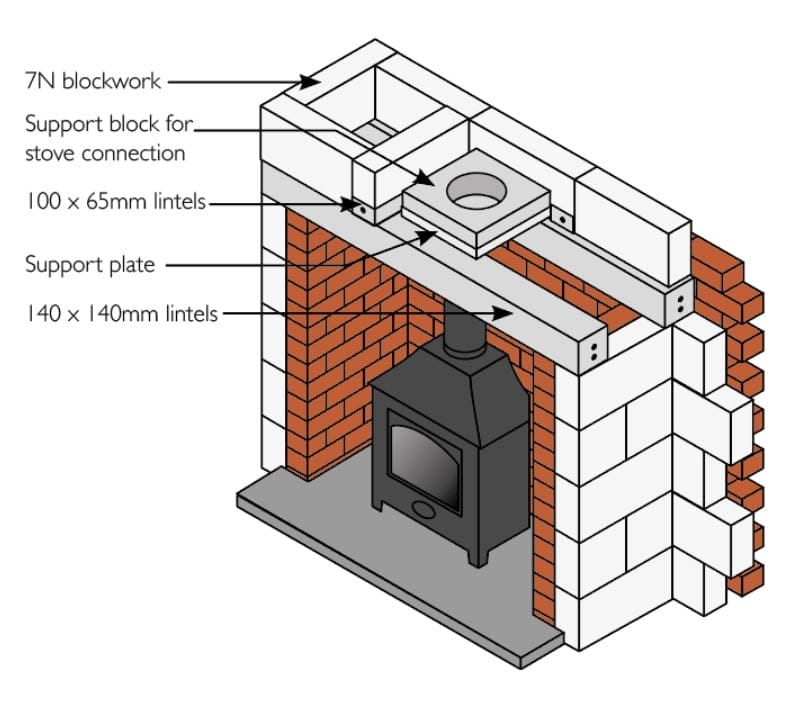
A traditional, internal method of installation. Prior to the pumice blocks, you have pre-stressed lintels or a suitable cast-in-situ concrete slab above the stove recess. These have to be strong enough to carry the load (see appropriate Isokern DM drawing for aperture size).
Steel stove flue pipe is required to connect from stove to pumice
Free standing stove option.
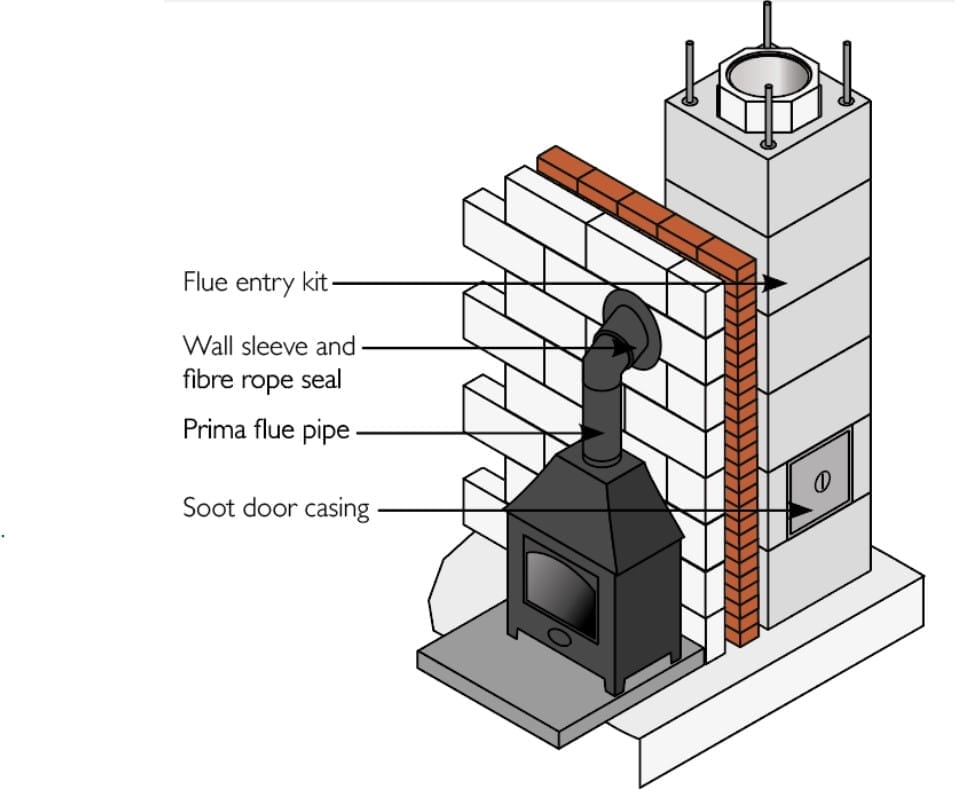
The stove with a flue pipe going out of the wall is only an option if an external pumice chimney is constructed. The DM 45˚ access kit is then used for the connecting flue pipe.
Building with pumice blocks.
The remaining construction is straightward, as the pumice blocks and inner modules are stacked on top of each other, staggered and using lip glue for the joints.
High tensile steel reinforcement rods will be required for all chimneys with a height that exceeds 1.4m above the roof line, 1.1m if the wind speed exceeds 44ms.
Any external chimneys, as shown in the external option, must be tied to the structure at maximum intervals of 1.5m and at the point where it departs from the roof using 2 x suitable stainless steel wall ties.
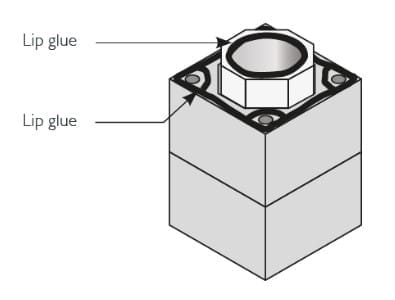
Termination: brick stack or concrete option.
This is defined by your self-build style. As with all building projects, there will be strict safety regulations and more detail required. Please contact us with any requirements or house designs.
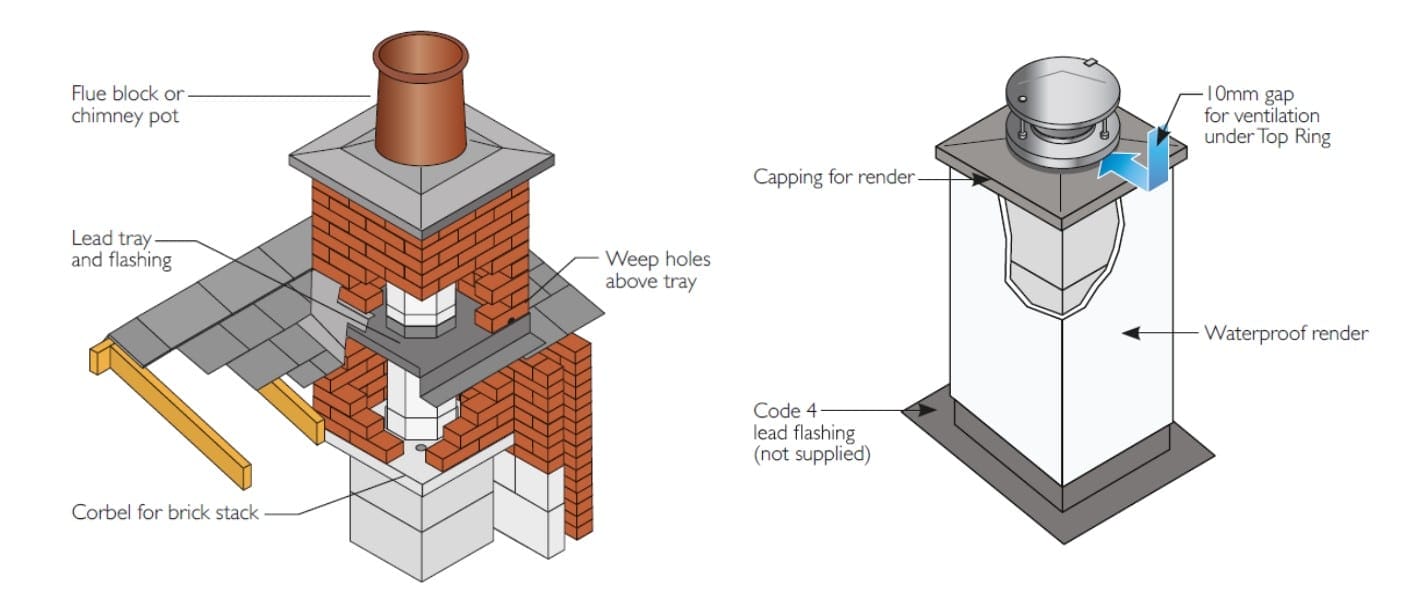
An all-in-one system, including an inset stove.
A more contemporary solution is an-all in one chimney system with a stove. The inset stove and its frame form the base of the chimney block. This makes it easier to install. The flue blocks simply form above it.
The Isokern Air solution is very similar to the DM system. However, for this the outer block has a circular insert, while the same hexagonal block as used in the DM system is staggered in the middle. With this option, you have a full system and nothing else is required.
The insert stove comes with 2 convection grills to get the best possible distribution of heat. The fresh air supply to the Celsius insert is integrated within the chimney system.
Celsius has a standard height of 1500 mm, but since the frame and chimney have the same dimensions, the height can easily be changed with additional chimney modules.
clearSkies Level 5 for Celsius.
clearSkies certified appliances meet the minimum performance level for Ecodesign (which is the minimum legal requirement for an appliance manufactured in the UK from 1st January 2022).
These new Ecodesign Regulations represent a significant tightening of criteria over the current CE requirements and specify the minimum energy efficiency of the appliance and the maximum levels of emissions permitted which are:
- CO – Carbon Dioxide
- PM – Particulate Matter
- OGC – Organic Gaseous Compounds
- NOx – Nitrogen Oxide
Celsius achieves clearSkies Level 5, which is a 30% improvement on Ecodesign stove models and all Schiedel models are DEFRA Approved for use in Smoke Control Areas.
DEFRA Exempt.
DEFRA (Department of Environment, Farming and Rural Affairs) has strict guidelines on emissions. If a stove or appliance passes these emission level restrictions, then they appear on the official website as “appliances that meet specific criteria”, which the Celsius wood burning stoves pass with flying colours.
This ensures that the homeowner has a highly efficient stove system within their home. Celsius is officially listed on the DEFRA website.
Conclusion and the advantages of using pumice.
When looking at a new house build project, the pumice needs to be the main choice of a flue system if you are looking to install a wood burning stove. The advantages of the flue system include:
Resistant to temperature change
Pumice has very little expansion and contraction with temperature change. This reduces the possibility of cracking and structural damage that can occur with other products.
High insulation properties
Pumice is a natural insulator, able to maintain the temperature of flue gases when other products have allowed the temperature to fall below the dew point.
Lightweight
Pumice is strong yet lightweight allowing one person to lift and build the chimney units.
Easy to build
The lightweight blocks are easy to handle. The outer and inner blocks are laid at the same time but with staggered joints for safety and stability. The double layer of pumice blocks separated by an air gap maximises the chimney insulation.
Suitability
The Pumice Systems are suitable for wood burning, solid fuel, oil and gas (not condensing appliances including Biomass & Pellets).
Adaptable
There are 3 systems covering a range of different internal diameters to meet the requirements of different appliances and uses:

